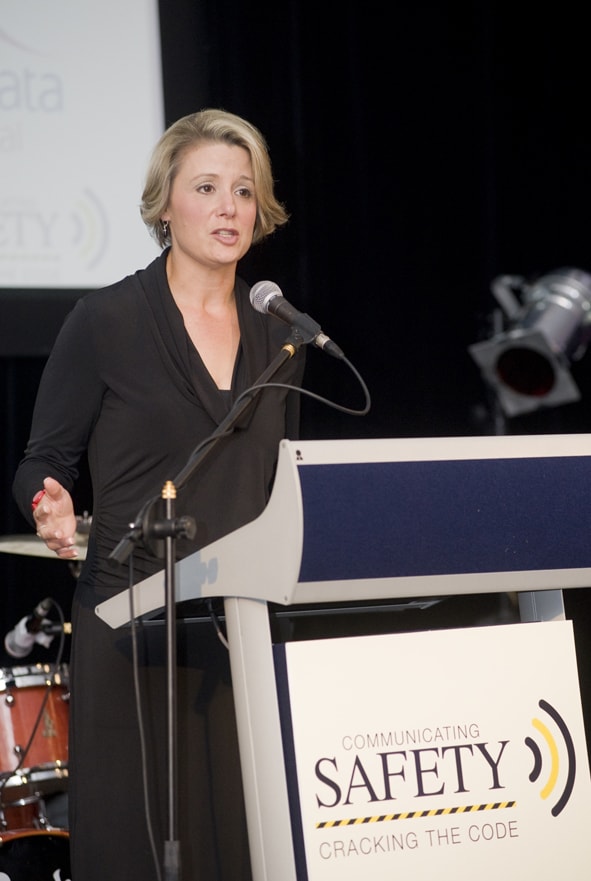The union campaign on the eradication of asbestos from the island of Tasmania has entered the national political arena in Australia. On 29 October 2010, the Australian Minister for Workplace Relations, Chris Evans, announced that Geoff Fary, Assistant Secretary of the Australian Council for Trade Unions, will chair the newly established “Asbestos Management Review” (AMR).
The appointment and chairmanship are an acknowledgement that the trade union movement is the major advocate for occupational, public and environmental safety concerning asbestos in Australia.
Fary will be leaving his ACTU role in November 2010 to take up the new position.
One concern with the AMR, even in its early development is the task of raising awareness. Chris Evans stated that:
“It is critical that we develop a comprehensive understanding of the scope of the problem and set clear targets as to how we address issues relating to awareness, management and removal of asbestos.”
There is the risk of inactivity on any issue that seeks to raise awareness. As I wrote twelve months ago:
“The asbestos safety advocates should drop “awareness” from the week’s title because awareness equates to “aspirational targets”, former Prime Minister John Howard’s way of promising much and delivering nothing. Just as everyone accepts that smoking causes lung cancer and climate change exists, people know that asbestos can kill. Move away from awareness-raising to action.” Continue reading “The asbestos Triffid goes national”

